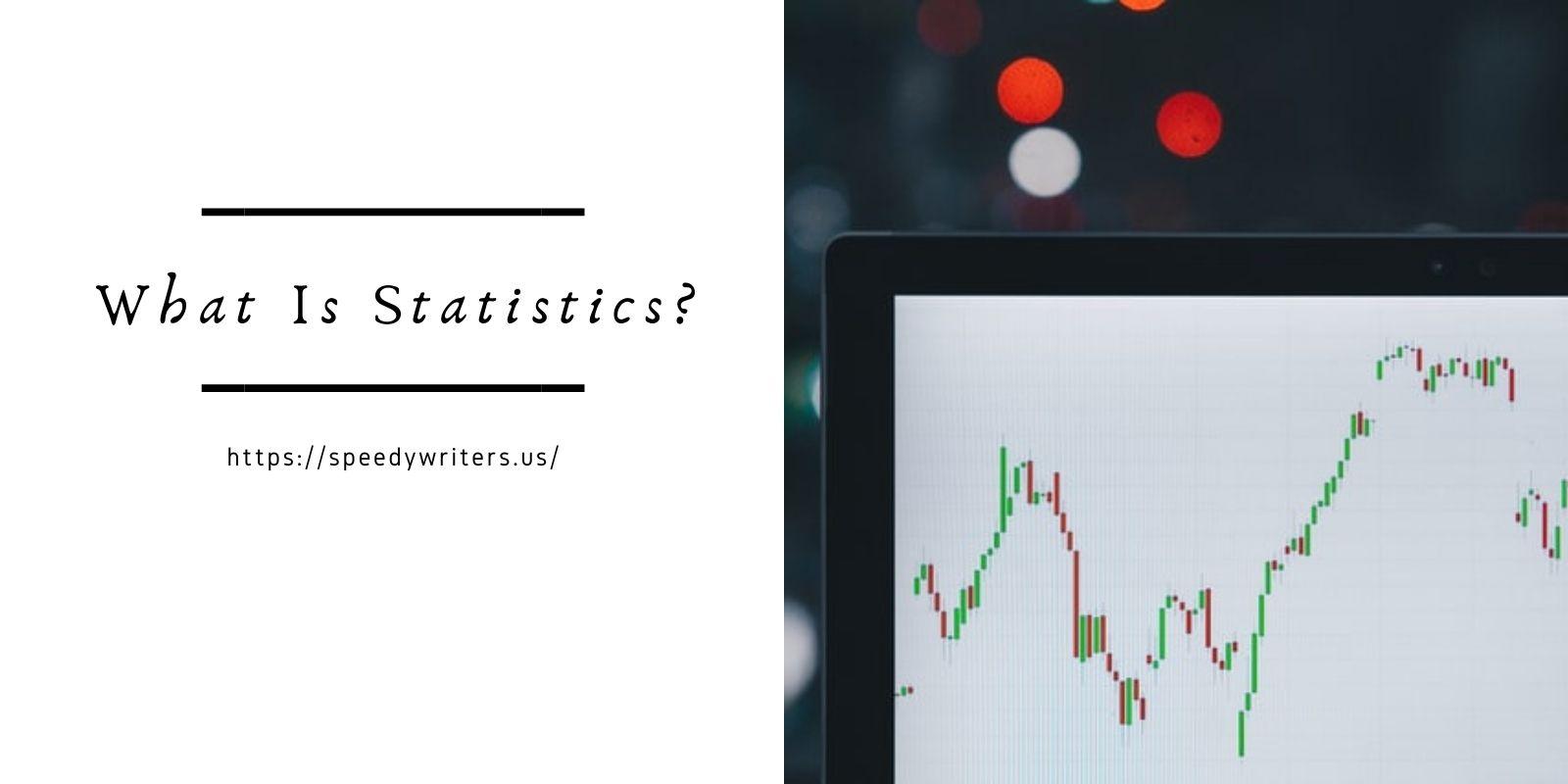 What Is Statistics?
What Is Statistics?
Statistics is a branch of applied mathematics that comprises the collection, description, study, and deduction of conclusions from quantitative data. It is supported by mathematical theories that depend on integral and differential calculus, linear algebra, and probability theory. People who do statistics (statisticians) determine how to infer accurate conclusions about general events and a large population, based on observable characteristics such as behavior.
What Is Statistical Data
Statistical data are single pieces of factual information recorded and used for analysis. Statistics are created from this raw information. Statistics, on the other hand, are the results of the interpretation and presentation of data analysis. The analysis involves some level of computation to shed light on the meaning of the data. Statistical data is mostly presented on a graph, chart, or table.
Types of Statistics
There are two main categories of statistics:
- Descriptive statistics
- Inferential statistics
Descriptive Statistics
Here the data is represented in a summarized way. You summarize this data from a sample of the population using different metrics like mean or standard deviation. They are a way of using graphs, charts, and summary measures to organize, describe and explain statistical data.
- Data is arranged and presented in graphs or tables that summarize details such as pie charts, histograms, scatter plots, or bars.
- Descriptive statistics don’t require generalization beyond the data collected.
You can read more about descriptive statistics here
Inferential Statistics
Inferential statistics look to interpret the meaning of descriptive statistics. After the data collection, analysis, and summarization, you can use Inferential Statistics to describe the meaning of the collected data.
- They use the probability principle to determine whether trends in the research sample can be generalized to the larger population the sample originates.
- They test hypotheses and scrutinize relationships between variables and can make accurate population predictions.
- Inferential Statistics can draw conclusions and inferences such as making valid generalizations from samples.
Types Of Statistical Methods
- Analytical Methods
This method comprises all those methods which help in analysis and comparison between variables. It includes correlation, regression analysis, the association of attributes, and other methods. This method is also otherwise called analytical statistics.
- Inductive Methods
This method, also known as inductive statistics, comprises all statistical procedures that help in the generalization of a phenomenon based on random observation or partial statistical data. This includes the procedure of interpolation, extrapolation, theory of probability, and the like.
- Inferential Methods
This method, also known as inferential statistics, comprises procedures that help in drawing conclusions about the population’s characteristics based on samples taken. It includes the sampling theory, different significant tests, statistical control, and more.
- Applied Methods
This method comprises those procedures that you apply to real-life problems. It includes the statistical quality control method, linear programming, sample survey, inventory control, and more.
Now, statistics are used widely in numerous professions and applications. You perform statistics whenever you collect and analyze any form of data. Other common applications of statistics in our everyday life include investment analysis in large finance groups, academic research, and managing government agencies.
Conclusion
Statistics is one of the hardest subjects in college. Most students seek help of statisticians online who help them complete assignments. As Speedwriters we offer cheap homework help services to students across the world. Hit Order Now button to get reliable assignment help services daily.